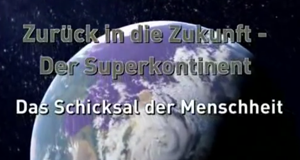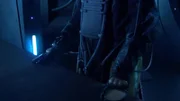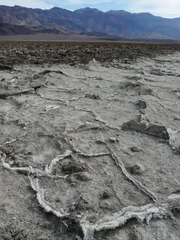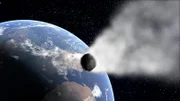Folgeninhalt
Nicht nur die Landmassen hätten sich verschoben, auch das Klima hätte sich nach 250 Millionen Jahren grundlegend verändert. Die nördliche Halbkugel könnte unter einer dicken Schicht Eis versunken sein. Die Sahara hingegen wäre vielleicht eine fruchtbare Oase. Doch die Monumente der Menschheit wären verschwunden. Entstehende Gebirge hätten die Pyramiden in Ägypten zerstört. Neapel wäre vielleicht in Asche versunken, wenn der nächste Super-Vulkan ausbricht.
(n-tv)








